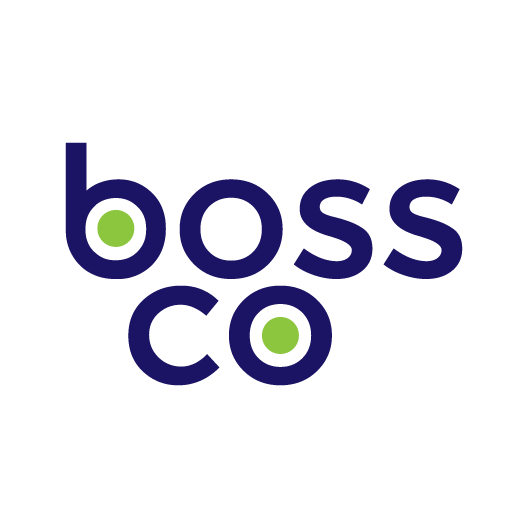1. Technical Tutorials
Structure: Problem Statement → Solution Overview → Step-by-Step Guide → Code Samples → Common Pitfalls → Advanced Tips
Example Prompt:
“Generate a detailed Salesforce development tutorial covering [specific feature or functionality, e.g., implementing cross-object rollup summaries using custom metadata]. Include:
- A clear problem statement
- Solution overview with architecture
- Step-by-step implementation guide
- Code samples (in Apex, SOQL, or Lightning Web Components)
- Common pitfalls with solutions
- Advanced optimization tips.”
2. Scenario-Based Training Content
Structure: Scenario → Tools/Technologies → Step-by-Step Solution → Outcomes → Learning Goals
Example Prompt:
“Create a real-world Salesforce development scenario where the user must solve a business problem using [specific tool or feature, e.g., Flow Builder or Apex triggers]. Include:
- Business context and requirements
- Technologies involved
- Steps to solve the scenario
- Expected results
- Key takeaways for the developer.”
3. Case Studies
Structure: Problem → Approach → Solution → Results → Lessons Learned
Example Prompt:
“Write a case study about a Salesforce implementation involving [specific project, e.g., CPQ integration with external systems]. Include:
- The challenge faced by the client
- The solution design and implementation steps
- The measurable outcomes (e.g., reduced processing time, increased efficiency)
- Lessons learned for future projects.”
4. Quick Tips & Solutions
Structure: Issue → Quick Fix → Explanation → Bonus Tips
Example Prompt:
“Create a ‘Quick Fix’ guide for [specific Salesforce error or challenge, e.g., resolving ‘Too Many SOQL Queries’ error]. Include:
- The error or issue
- Steps to quickly resolve it
- Explanation of why the fix works
- Additional tips for avoiding the issue in the future.”
5. Certification Prep Materials
Structure: Topic → Key Concepts → Practice Questions → Study Tips
Example Prompt:
“Generate certification preparation material for [specific Salesforce certification, e.g., Platform Developer I]. Include:
- An overview of a key topic (e.g., triggers, batch apex)
- 3-5 practice questions with answers and explanations
- Study tips and additional resources.”
6. Tool/Feature Tutorials
Structure: Feature Overview → Benefits → Step-by-Step Guide → Best Practices → Advanced Use Cases
Example Prompt:
“Write a tutorial for using [specific Salesforce tool or feature, e.g., Debug Logs or Permission Set Groups]. Include:
- An introduction to the feature
- Its business and technical benefits
- Detailed steps to use it effectively
- Best practices for implementation
- Advanced use cases or configurations.”
7. Lightning Web Components (LWC) Development Guides
Structure: Use Case → Setup → Key Components → Implementation → Deployment Tips
Example Prompt:
“Create a development guide for building a Lightning Web Component for [specific use case, e.g., displaying real-time opportunity data]. Include:
- The use case and prerequisites
- Steps to set up the LWC
- Key Apex classes or helpers required
- Deployment instructions
- Best practices for optimizing performance.”
8. AI/ML Integration with Salesforce
Structure: Use Case → AI Model → Integration Steps → Example Code → Business Value
Example Prompt:
“Draft a tutorial on integrating [specific AI/ML model, e.g., GPT-4 or Einstein AI] with Salesforce for [specific use case, e.g., automated lead scoring]. Include:
- The business context
- The chosen AI model and its purpose
- Steps for integrating the model with Salesforce
- Example code for setup
- How this solution drives business value.”
9. Career Guidance for Salesforce Professionals
Structure: Audience → Career Path Options → Resources → Actionable Steps
Example Prompt:
“Develop a guide for aspiring Salesforce developers to transition into [specific role, e.g., Salesforce Architect]. Include:
- The target audience and prerequisites
- Career path options and certifications
- Recommended resources and study materials
- Actionable steps to achieve the goal.”
10. Monthly Content Calendar
Structure: Content Type → Title → Description → Target Audience
Example Prompt:
“Generate a 4-week content calendar for a Salesforce developer blog. Include:
- Technical tutorials
- Quick tips
- Certification prep materials
- Industry news and trends.Each entry should have a title, a short description, and the target audience.”
11. Advanced Architecture Patterns
Structure: Problem → Architecture → Key Components → Implementation Steps → Benefits
Example Prompt:
“Explain advanced Salesforce architecture patterns for [specific requirement, e.g., multi-org data synchronization]. Include:
- The architectural problem it solves
- The design pattern with diagrams (if applicable)
- Key components required for implementation
- Benefits of using this pattern in large-scale Salesforce setups.”
12. Monetization Strategies
Structure: Offering → Target Audience → Implementation → Pricing Model
Example Prompt:
“Outline a monetization strategy for offering [specific service, e.g., custom Salesforce training programs]. Include:
- The type of service
- The target audience
- Steps to implement and market the service
- A pricing model with tiers.”

